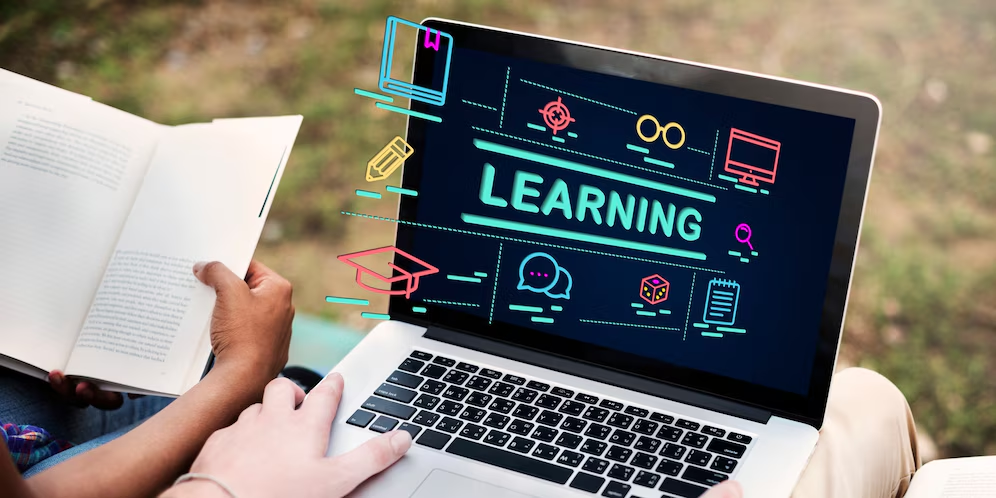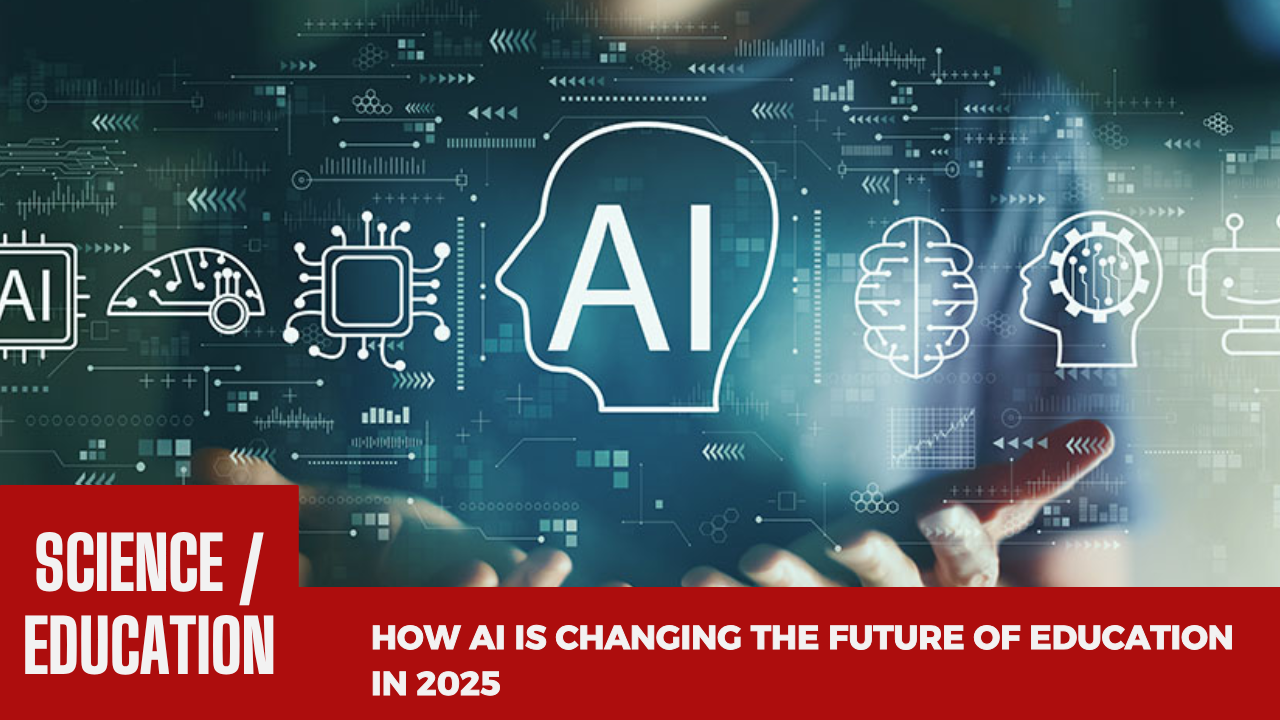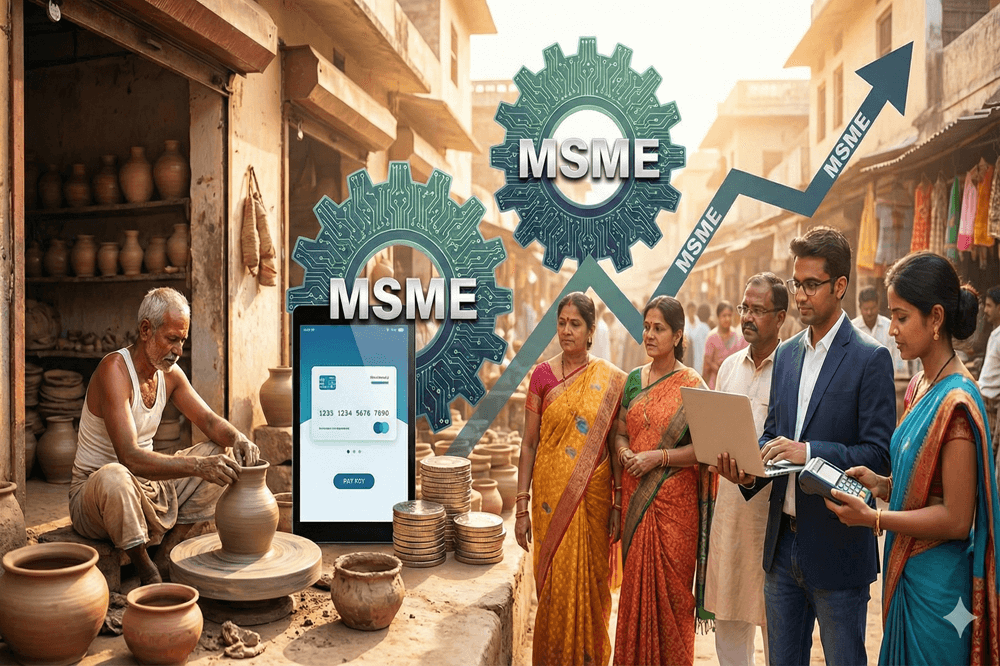If you step into a classroom in 2025, you might notice something different. The chalkboards are gone, replaced by screens and tablets. Students aren’t just listening to lectures; they’re interacting with AI-powered apps that adjust lessons in real time. Teachers aren’t buried under piles of assignments — algorithms help with grading and feedback.
Artificial Intelligence (AI), once seen as a futuristic buzzword, has quietly become the invisible assistant in schools and colleges. It’s reshaping the way children learn, how teachers teach, and how education systems prepare students for a world driven by technology. But is AI truly a revolution, or just another passing trend?
Personalized Learning for Every Student
No two students learn in the same way. One might breeze through math problems, while another struggles with reading comprehension. Traditional classrooms, with one-size-fits-all teaching, often leave some students behind.
This is where AI shines. Using data and algorithms, AI systems can adapt to individual learning speeds and styles. For example, if a student struggles with algebra, the system doesn’t just mark answers wrong — it suggests simpler problems, videos, or interactive exercises to help them catch up. On the other hand, quick learners can be challenged with advanced material so they don’t feel bored.
The result? A learning experience that feels less like school and more like a personalized journey.

The Rise of AI Tutors
Remember staying up late, stuck on a math problem, waiting until the next day to ask your teacher? In 2025, that wait is disappearing. AI-powered tutors and chatbots are available 24/7.
These “digital teachers” can explain concepts step by step, answer follow-up questions, and even quiz students instantly. They don’t get tired, they don’t lose patience, and they can explain the same topic as many times as needed. While they can’t replace the empathy and guidance of a human teacher, they’re proving to be powerful companions in a student’s learning process.
At Alpha School in Texas, students are now being taught by AI teachers.
— Wide Awake Media (@wideawake_media) June 6, 2025
"The artificial intelligence adapts its lessons to each student, providing one-on-one, personalised education."
"Students are scoring in the top 1-2% nationally, with the results so strong the model is… pic.twitter.com/ILgKTD0w9Z
Teachers and AI: Partners, Not Rivals
One of the biggest fears when AI entered classrooms was, Will it replace teachers? The answer, at least for now, is no. Instead, AI is becoming a partner.
Teachers spend hours grading assignments, preparing lesson plans, and tracking student progress. AI tools can automate much of this. Imagine a system that highlights which students are falling behind, which concepts confuse most of the class, and even which lessons spark the most curiosity. This allows teachers to focus on what they do best — inspiring, mentoring, and guiding students with human wisdom.
In short, AI is freeing teachers from paperwork so they can do more teaching.

Preparing Students for a Tech-Driven World
Education is not just about passing exams. It’s about preparing students for the future. And the future is digital.
By using AI in classrooms, students aren’t just learning math, science, or history. They’re also developing skills that will matter in tomorrow’s job market: problem-solving, data analysis, digital literacy, and critical thinking. Exposure to AI at an early age also reduces fear of technology, making students more confident in using advanced tools.
For countries like India, where classrooms are often overcrowded, AI can also bridge gaps in access to quality education by offering personalized digital learning at scale.
The Challenges Ahead
Of course, AI in education isn’t without challenges. Access is one major concern — not every school or student can afford advanced systems. There are also debates about data privacy and whether too much screen time is healthy for children.
Moreover, AI can only work well when combined with the human touch. A student may understand a math concept through an app, but only a teacher can motivate them when they feel discouraged. Balancing technology with empathy is the real challenge of the coming decade.
Final Thought
Education has always adapted with time. From chalkboards to projectors, from libraries to the internet, each step seemed revolutionary once. AI may be the next big leap. But at its heart, learning is still a human experience — about curiosity, resilience, and growth.
AI won’t replace teachers or classrooms. It will simply make learning smarter, more personal, and more accessible. The blackboard may have faded, but the spark of knowledge remains the same.
FAQs
Q1: How is AI used in schools today?
AI is used for personalized learning apps, automated grading, tutoring chatbots, and tracking student progress.
Q2: Can AI replace teachers?
No. AI supports teachers by reducing administrative work, but the role of human mentorship and guidance is irreplaceable.
Q3: What are the benefits of AI in education?
It provides personalized learning, round-the-clock tutoring, and data-driven insights to improve teaching methods.
Q4: What are the risks of AI in classrooms?
Over-reliance on technology, unequal access in rural or poor schools, and concerns about data privacy are key risks.
Q5: How will AI shape the future of students?
AI will help students develop digital literacy, problem-solving skills, and adaptability — essential skills for a tech-driven job market.
Newstic Author Bio – Rahul
Rahul explores technology by asking what it means for people first. From AI in classrooms to the latest gadgets on the shelves, he explains how innovation is reshaping everyday life in India — in offices, schools, and even in homes.
Disclaimer
This article has been prepared and published by Newstic.in for informational and news reporting purposes only. While every effort has been made to ensure accuracy and reliability, readers are advised that details such as prices, specifications, dates, or other event-related information may change over time. Newstic.in does not take responsibility for any business or personal decisions made based on this content. For the latest updates, always refer to official announcements, verified sources, or consult with relevant professionals. Opinions expressed by analysts, buyers, or third parties quoted in this article are their own and do not necessarily reflect the views of Newstic.in.















